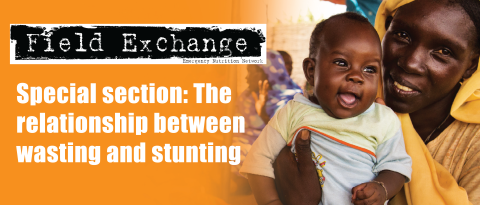Women’s nutrition
Philip T. James, Stephanie V. Wrottesley, Natasha Lelijveld, Eilise Brennan, Bridget Fenn, Rachael Menezes and Emily Mates. (2022). Women’s Nutrition: A summary of evidence, policy and practice including adolescent and maternal life stages. Available from: www.ennonline.net/womensnutritionasummarytechnicalbriefingpaper
Malnutrition disproportionately affects women and girls, with more than 1 billion women globally experiencing at least one form of malnutrition. This report brings together global targets and guidelines for women’s nutrition, summarises the nutritional vulnerabilities of adolescent girls and women, provides a review of the evidence surrounding current nutrition interventions, highlights the remaining gaps and finishes with recommended actions needed to improve nutritional status for women and girls.
The authors summarised the global targets aimed at reducing maternal mortality, reducing the prevalence of anaemia in women 15 to 49 years of age and addressing the nutritional needs of pregnant and lactating women and girls. The authors then identified several guidelines that include the nutrition of adolescent girls and women. However, numerous gaps exist with guidelines for humanitarian contexts being particularly patchy. While the coverage of nutrition interventions for adolescent girls and women was largely not well documented, several interventions do exist. These include direct nutrition interventions such as macronutrient and micronutrient supplementation and food fortification and indirect interventions such as nutrition education and counselling, social protection programmes, sexual and reproductive health services, the treatment and management of communicable and non-communicable diseases, mental health services, breastfeeding support, nutrition-sensitive agriculture and women’s empowerment interventions.
In reviewing the evidence, interventions and guidelines, the authors identified several key gaps including:
- Navigating and finding the latest guidelines on nutrition for adolescent girls and women is challenging.
- There is a lack of evidence and guidance on pre-conception nutrition especially for adolescents.
- Global and national indicators are heavily focused on infant and child outcomes rather than outcomes for the mother herself.
- There is a lack of guidance and clarity on the assessment of nutritional status in adolescent girls and women including: (1) no optimal, context-specific mid-upper-arm circumference cut-off for wasting; (2) no routine collection of dietary adequacy indicators; and (3) a lack of global data on gestational weight gain.
- There are contrasting interpretations of the evidence base for whether iron-folic acid or multiple micronutrient supplementation should be used in pregnancy. There is also a lack of understanding of the best ways to improve adherence to supplementation.
- There are gaps in the guidelines for macronutrient supplementation in undernourished women: 1) there is no World Health Organization guideline on identifying and treating adult moderate and severe wasting; 2) the relatively new guidance on balanced energy protein supplementation lacks detail and implementation guidance; 3) there is lack of guidance on mitigating the risks related to the double burden of malnutrition and non-communicable diseases.
- There is a lack of indirect nutrition interventions for adolescent girls and women including: (1) a lack of gender empowerment in nutrition programmes; (2) a lack of research, screening tool(s) and intervention packages linking maternal mental health and nutrition; and (3) a lack of interventions focusing on the impact of climate change on nutrition.
- There is a lack of integration of nutrition services within health systems.
The report was launched at a webinar with a panel of experts sharing their reflections. The webinar is available at: https://www.ennonline.net/mediahub/video/webinaronwomensnutritionjan2022


